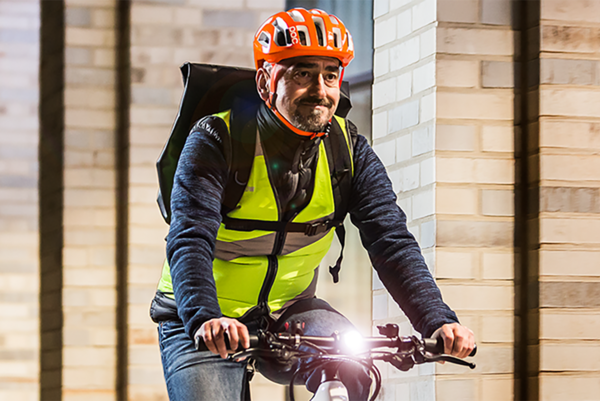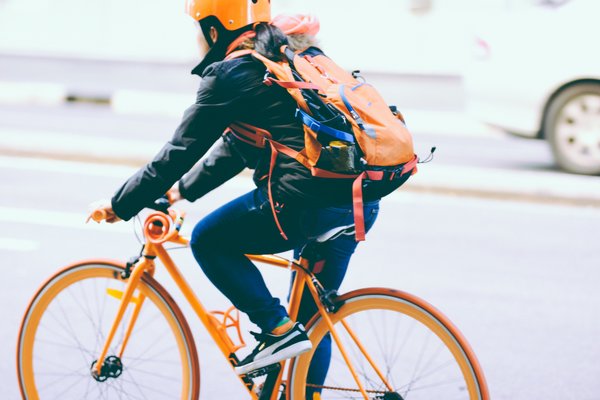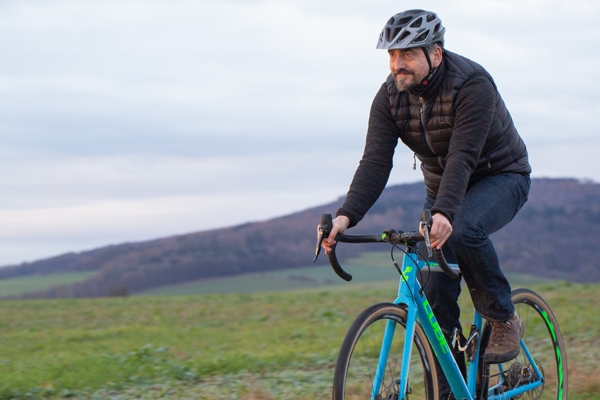
The checklist for your summer bike tour – food for thought!
Share blog article:
Ready for a different summer bike tour? When you go “bike packing,” you take everything you need for a multi-day excursion with you on your bike. Bike packing is trendy, bringing pure freedom on two wheels. This is the best way to prepare yourself for your small adventure:
The right bags for your bike
Which panniers, bags or cases are the right ones? As is often the case, there is no one-size-fits-all answer. The right set of bags is the one that best meets your needs. For example, the right size and volume depend on how long you want to be traveling and where your tour will take you. In any case, you should make sure that your bags are:
- Light-weight and easy to attach,
- waterproof and
- tough, durable and manufactured to last
Panniers fitted with compression valves are particularly convenient because they allow much smaller packing dimensions. Before you buy new panniers, you should check whether these fit well on your own bike. Make sure that they don’t touch the wheels and that they don’t restrict your freedom of movement or impair ride safety. It’s best to do a short test ride to check the panniers’ fit and roadworthiness.
If you are planning a big tour and you need ample storage space, you may want to consider a bike trailer.
Thrift and balance – packing the smart way
When you have found the right panniers or bags, be sure to pack them sensibly. The golden rule is: Less is more and the weight distribution must be right. About one-third of the weight should be on the handlebar front bags or cases, the remaining two-thirds should be attached to the frame and in the panniers on the rear rack. The weight of panniers on the left and right of the bike should be balanced for ride comfort and safety.
Items that are heavy and/or rarely needed should go to the bottom of your luggage, ideally at or near the middle of your bike. Light things that you need more often – such as your rain jacket – should be packed further up for easy access. Papers/cards, sunglasses, keys and other valuables are best kept in the handlebar bag or case.
These things are a must:
It’s time to get down to business! We have compiled a list of important items that you should not do without on any major tour (and not just in your panniers). These include:
- Bike helmet
- Water bottle
- Bike lock (which, incidentally, you can lease together with your bike)
- Cycling pants and jerseys (short and long)
- Brightly colored rain jacket
- Rain pants
- Rain covers for helmet and shoes
- Lightweight flexible bandana or scarf
- Light headgear for sun protection
- Cycling gloves
- Sports glasses or sunglasses
- Cycling shoes
- Socks and functional underwear
- Everyday clothing
- Swimwear and travel towel
- Hygiene and care products
- Sunscreen and insect repellent
- Snacks for on the road
- Keys, papers/cards and cash
And of course, don’t forget your cell phone or smartphone and charger, so that you can capture your most exciting impressions and share them directly with the Bikeleasing community on komoot, for example. #blsontour
Being prepared – just in case
Obviously, the best cycling vacation is one without breakdowns and trouble. Nevertheless, it’s always a good idea to be prepared for the worst. Be sure to bring an emergency kit, comprising:
- Tire repair kit, spare tube and air pump
- Small bicycle tools (multitool, screwdriver, hexagon socket (allen) keys)
- Pocket knife
- Chain oil plus spare chain (for long-distance tours)
- First aid kit (plasters of various sizes, gauze bandage, elastic bandage, triangular cloth, rubber gloves, emergency blanket and disinfectant)
- Cooling cream/ointment for treating sunburn and mosquito bites
- Medication against pain and diarrhea
- Power bank in case you run out of battery power
The range of tools you should take with you depends on the infrastructure for cyclists along your route and what your fellow travelers will bring along. Sharing tools with others saves weight and reduces clutter.
Our tip: learn and adapt
During and right after the tour, be sure to delete things from your packing list that turned out to be superfluous. Things you could have done with should be added to the list for the next tour, of course. Learning from experience, you will be well-prepared for your next cycling vacation.
Ready to go?
We wish you an exciting tour with great impressions, awesome sights and inspiring encounters.



